



Andy
gamer level 10
160494 xp
160494 xp
followers
398
398
Use my invite URL to register (this will give me kudos)
https://boardgaming.com/register/?invited_by=dragontrainer
profile badges




recent achievements

Lost City of Paititi
Explore select games by completing a series of exploration actions ...learn more »
Explore select games by completing a series of exploration actions ...learn more »

King John's Treasure
Explore select games by completing a series of exploration actions ...learn more »
Explore select games by completing a series of exploration actions ...learn more »

Watchtower
Follow a total of 40 other gamers.
Follow a total of 40 other gamers.

Gamer - Level 10
Earn Gamer XP to level up!
Earn Gamer XP to level up!
Player Stats
Critic (lvl 5)
5805 xp
5805 xp
Explorer (lvl 7)
19853 xp
19853 xp
Professor (lvl 5)
4311 xp
4311 xp
Reporter (lvl 6)
7696 xp
7696 xp
About Me
I play boardgames to have a good time and challenge myself to do well.
I'd much rather feel as though I played well and lose than play poorly and win. I'm not a believer in the phrase "2nd place is the 1st loser" especially as in most games there are things that can go against you or other players team up to beat you. Digging yourself out of early blunders to finish well (even if not first) is more satisfying to me than starting well and coasting to the finish.
As many of my reviews note, how a game plays is more important to me than how it looks. I don't normally get caught up in the production quality/bits/artwork of a game, and am admittedly not a good judge of how other people will perceive things. For me, cheap and functional works just as well as pricey and ornate. The theme of a game tends to not be a big thing for me either.
I started out playing Magic: The Gathering in High School, eventually focusing on tournaments (and the storylines/novels). In College I was introduced to Settlers of Catan and moved away from CCGs and into more modern boardgaming. I tend more towards the Eurogame spectrum - especially strategy "cube pushers", though I really enjoy dexterity games, and will happily play quick and innovative party/casual gamer games.
I'm a big believer that one reason boardgaming doesn't become more popular is that some boardgamers are extremely negative towards games a new person enjoys (such as Monopoly, Clue, or Life). I've seen many times where a boardgamer will make fun of the games someone plays, and then tries to get that person to play the games they like. This attitude is a major turnoff to me, and to the people I've seen this used on (though when I've asked after, the boardgamers in question don't seem to realize this is what they've done).
I hope boardgames will continue to become more accessible to all in the future, with traditional boardgame players welcomed and encouraged to try the types of games on this site, while respecting their feelings towards the games they know and enjoy, and accepting that not everyone will like what we like.
I'd much rather feel as though I played well and lose than play poorly and win. I'm not a believer in the phrase "2nd place is the 1st loser" especially as in most games there are things that can go against you or other players team up to beat you. Digging yourself out of early blunders to finish well (even if not first) is more satisfying to me than starting well and coasting to the finish.
As many of my reviews note, how a game plays is more important to me than how it looks. I don't normally get caught up in the production quality/bits/artwork of a game, and am admittedly not a good judge of how other people will perceive things. For me, cheap and functional works just as well as pricey and ornate. The theme of a game tends to not be a big thing for me either.
I started out playing Magic: The Gathering in High School, eventually focusing on tournaments (and the storylines/novels). In College I was introduced to Settlers of Catan and moved away from CCGs and into more modern boardgaming. I tend more towards the Eurogame spectrum - especially strategy "cube pushers", though I really enjoy dexterity games, and will happily play quick and innovative party/casual gamer games.
I'm a big believer that one reason boardgaming doesn't become more popular is that some boardgamers are extremely negative towards games a new person enjoys (such as Monopoly, Clue, or Life). I've seen many times where a boardgamer will make fun of the games someone plays, and then tries to get that person to play the games they like. This attitude is a major turnoff to me, and to the people I've seen this used on (though when I've asked after, the boardgamers in question don't seem to realize this is what they've done).
I hope boardgames will continue to become more accessible to all in the future, with traditional boardgame players welcomed and encouraged to try the types of games on this site, while respecting their feelings towards the games they know and enjoy, and accepting that not everyone will like what we like.










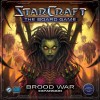







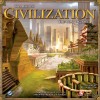
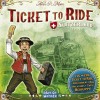





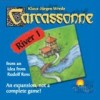
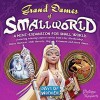
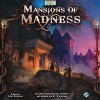











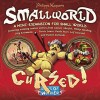












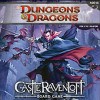
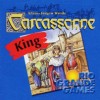





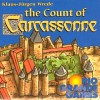
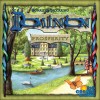




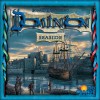




























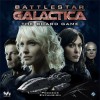



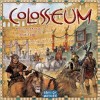



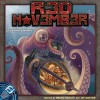

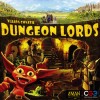


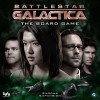


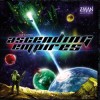

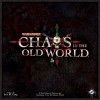



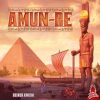



















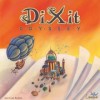




























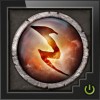



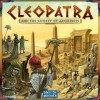

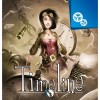


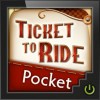










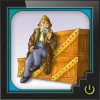


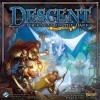
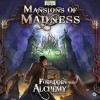

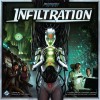


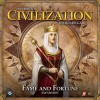

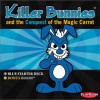

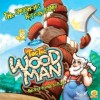

















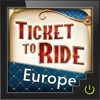


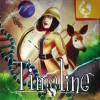
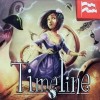
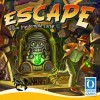




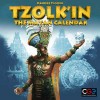
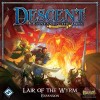
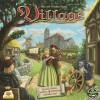






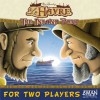

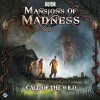






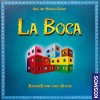





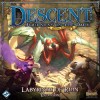














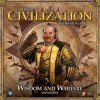

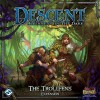













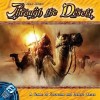
















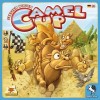

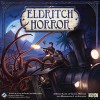







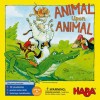





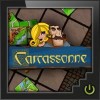
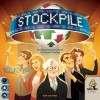


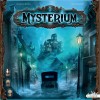
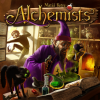




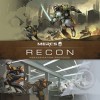





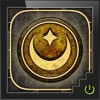




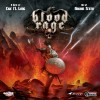
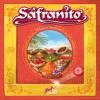



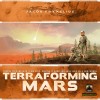
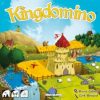









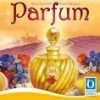


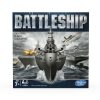

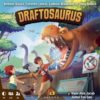


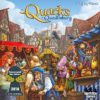
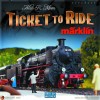







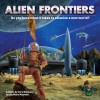


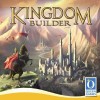












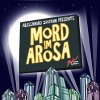

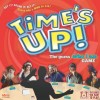
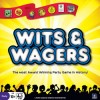




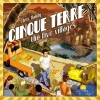





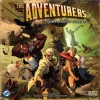







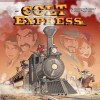

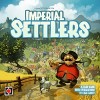









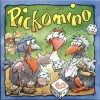



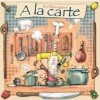









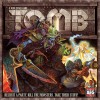


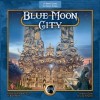
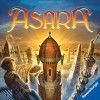
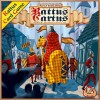
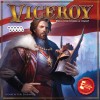














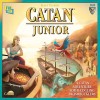

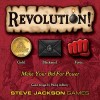


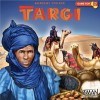


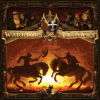




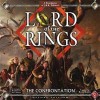
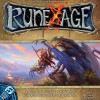
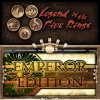





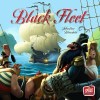
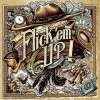











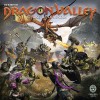

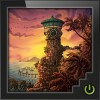
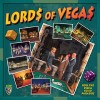












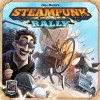
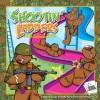

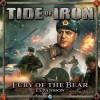


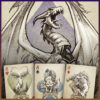








Glory to Rome
Glory to Rome, the cartoony illustrated cardgame of Roman reconstruction. While a Kickstarter with questionable fulfillment brought updated artwork, I still find the game is most known for the brightly colored cartoon depictions of people and places, all sealed in clear plastic clamshell packaging. If you don’t mind the look (it doesn’t bother me, but I am admittedly artistically unsophisticated) and box, there is a quite enjoyable, if chaotic, game within.
Goal of Gaining Glory
Glory to Rome is a card based game, where each card depicts different options for use which must be managed as you play. You’ll use the cards to provide the roles, people, building types, building materials, and money needed to gain victory and restore glory to Rome. At its heart, Glory to Rome is a card management game. You’ll have many options of how to use a single card, whether to build for the future, increase your clientele, follow an opponent’s lead, or storing points in your vault. In the end, your score is determined by your influence, vaulted value, and any bonuses.
General Play
As I mention below, Glory to Rome isn’t the easiest game to teach, it’s easier to see the game in action. As such, I won’t go into deep detail here. Please note when looking at the linked rulebook, pay close attention to the page numbers at the bottom. They alternate from left of the page, to right of the page, and back. For instance, page 7 and page 16 are side by side, and page 7 is directly above page 15, while page 16 is above page 8.
Each player will have a player board which reminds you of action types, and is where you’ll play your cards. Unlike many boards, you don’t play your cards on the player board, but under it, with a given edge showing, depending on how you are using the card. At the left are Clientele, all cards of a given color have the same Clientele. Cards here will increase later actions of that color (for instance, having two Laborer Clientele will allow you to take two extra resources when using the Laborer action). At the bottom is the stockpile, where building materials will be stored. On the right is the Vault, where cards may be placed to score points at the end of the game. At the top is Influence, which both scores points, and shows how many Clientele you may have.
The basic turn structure isn’t overly complicated. There are six actions that can be taken, one for each color. The active player chooses (leads) an action (color), and other players may play the same type of card to follow and also perform that action. Instead of following, any other player may draw cards instead (think). The leader is not required to lead a role, and may choose to draw cards themselves.
Purple – Hire Clients
Yellow – Gather Materials (put cards from central pool to Stockpile)
Grey – Lay Foundation or Build Structure (using cards from Stockpile)
Brown – Lay Foundation or Build Structure (using cards from Hand)
Red – Demand Materials (steal from Opponents)
Blue – Sell (move from Stockpile to Vault)
Along with playing actions, as seen in the Grey and Brown cards, players will be putting down foundations and building structures. Each card color is also a type of building material, and there are a set number of foundations for each color. Players can put down foundations and start building cards, allowing use their abilities during the game (the buildings are the central parts of the cards). When a building is complete, the foundation is placed under the top of the player board, increasing influence.
The game will continue with players following roles, or drawing cards, until the deck runs out or the foundations of one type are gone (or a few other immediate end of game conditions are met; one card will end the game when built). Then you’ll score your Influence, Vault, and any bonuses and determine the winner who brought the most glory to Rome!
My Thoughts
While the cartoony art may imply light gameplay, one should not expect this to be the case. Once learned, how to play the game is not overly complicated, but it can be difficult to teach and grasp initially. The rules specifically suggest you not try to jump into the game; and I emphatically agree that talking through the different areas of the game, and showing sample turns is the way to go.
There are many different types of card powers in the game, and they are not all created equal. There are card powers that, by themselves, are just plain better than other cards. A key to Glory to Rome is that single cards aren’t likely to get you very far. Setting up combinations and synergies between cards are very important, something that you may luck upon in an early game, but will generally require multiple plays. Glory to Rome is not a game where a single play will give a great idea of the strategies of the game.
I like games where it feels like my decisions matter during play, and this is certainly the case with Glory to Rome. With so many uses for an individual card, it can be agonizing to decide if you should hold the card back for its ability later, or use it for its client now. You need to get an engine going, but the cards that make up that engine may need to be used in another way to get the other cards to set it up.
If you’re interested in trying Glory to Rome, try to find someone who has played it to teach it to you. Then, I recommend aiming to play two or three games in a row so you can start to see strategies emerge, and get a feel for the ebb and flow of the game. I would generally advise family and social gamers to look elsewhere, as there is a steep learning curve and can be confusion given how many different ways a card can be played. Glory to Rome is probably only for the most ardent casual players (which may well be a contradiction). Avid gamers will enjoy the multiple uses of cards, while many strategy gamers will enjoy building various combinations and efficient engines. Some power gamers will enjoy the game, but I find it will be hit or miss, it is a cardgame after all.
Ultimately, I enjoy playing Glory to Rome and wish I could play it more. It’s not the easiest game to teach/learn, and generally requires a pretty substantial rules refresher for people who have played before. Adding in that I strongly feel one game at a time doesn’t work all that well for Glory to Rome, it’s a game I’d recommend trying, but know it may miss the mark, depending on the crowd.